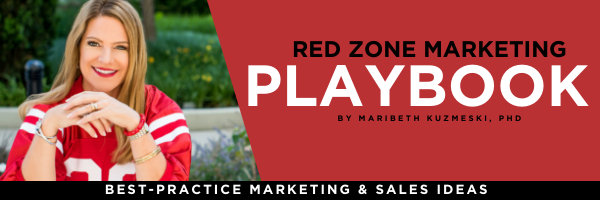Fans always have a story to tell. What do your fans have to say about you?
I am a fan of the Green Bay Packers. A big fan. And as any big fan, I have a reason why I cheer for this football team – sometimes with an over the top, unbreakable passion. My reason, or my story, is that I was raised in part by a grandmother that loved two things very much in this world. The first was her first born grandchild – who fortunately was me. The second was the Green Bay Packers. My first memory was sitting on her lap watching the Packers. She wanted me to be a good fan so she would school me on the rules, players, positions, and calls the referees were making. At half time of every game we watched together she would give me a “pop quiz” asking me to break down the offense and the defense from the first half of the game. And I thought all of that was normal.
But there was no place I would rather be than with my grandmother and if she wanted me to know the game of football and learn to love the Green Bay Packers (who actually were notorious losers in those days) that’s exactly what I would do. And I did. And I still do.







